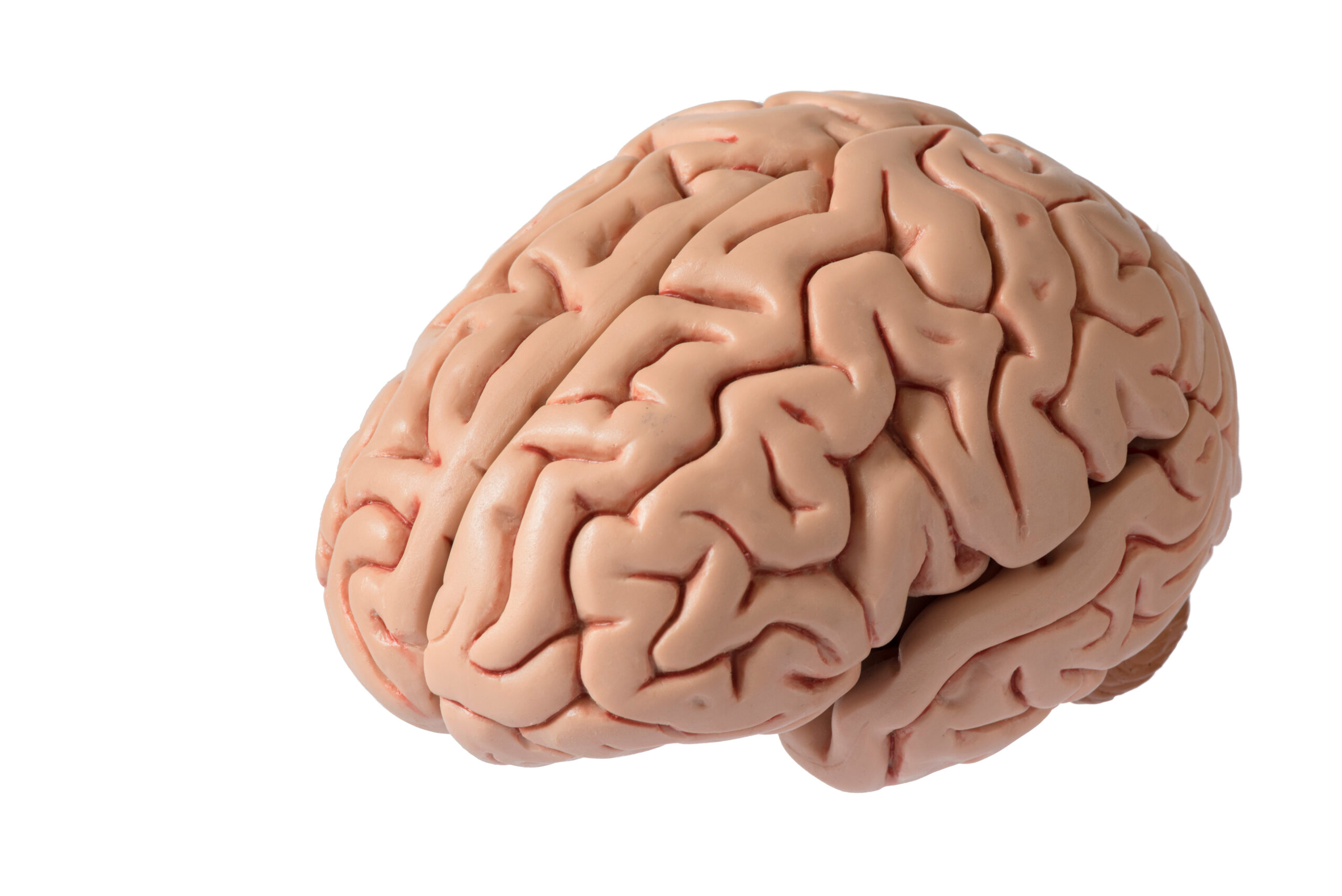The Science of Protein in Brain Repair and Neurotransmission
### The Science of Protein in Brain Repair and Neurotransmission
The human brain is a complex and intricate organ, made up of billions of tiny cells called neurons. These neurons communicate with each other through tiny messengers called neurotransmitters, which are proteins that help transmit signals from one neuron to another. But how do these proteins help in brain repair and neurotransmission? Let’s dive into the fascinating world of brain science to find out.
#### DNA Repair in the Brain
First, let’s talk about DNA repair. DNA is the blueprint of our cells, and it’s crucial for our bodies to maintain its integrity. In the brain, neurons don’t divide like other cells do, so they can’t use the same DNA repair mechanisms. Instead, they rely on alternative pathways to fix any damage to their DNA. Researchers at Berkeley Lab and Harvard University have been studying how DNA damage and repair occur in the brain. They found that DNA damage itself acts as a checkpoint, limiting the accumulation of genetic errors in brain cells during natural aging. This knowledge could help us understand how neurodegenerative diseases progress and potentially develop new therapies[1].
#### Neurotransmitters and G-Protein-Coupled Receptors
Neurotransmitters are proteins that carry signals between neurons. They bind to receptors on the surface of neurons, which are called G-protein-coupled receptors (GPCRs). When a neurotransmitter binds to a GPCR, it activates a G-protein complex. This complex then separates into two parts: the alpha-GTP subunit and the beta-gamma subunit. These parts can alter the function of effector proteins in the cell, leading to various cellular effects such as opening ion channels or initiating second messenger cascades[2].
For example, the cyclic AMP (cAMP) second messenger pathway is activated by the Gs alpha subunit and inhibited by the Gi alpha subunit. When activated, adenylyl cyclase converts ATP to cAMP, which then activates protein kinase A (PKA). PKA phosphorylates proteins, changing their activity and function. This can open ion channels, modulate neurotransmitter synthesis and release, or even initiate gene transcription by activating transcription factors like CREB.
#### Parkinson’s Disease and LRRK2
Parkinson’s disease is a neurodegenerative disorder characterized by the loss of dopaminergic neurons in the substantia nigra. This loss leads to motor, cognitive, and psychiatric dysfunction. The most common cause of Parkinson’s is the G2019S mutation in the LRRK2 gene, which increases LRRK2 kinase activity. This increased activity affects mechanisms that maintain the endoplasmic reticulum, vesicle trafficking, and autophagy. Inhibiting LRRK2 represents a promising approach to treating Parkinson’s disease[3].
#### Regenerating Brain Cells
Another exciting area of research is regenerating brain cells. Scientists are working on converting glial cells, which support neurons, into neurons. This process involves reprogramming glial cells using genetic tools to activate neuron-making instructions. By doing so, researchers hope to replace lost neurons in neurodegenerative diseases like Parkinson’s and Huntington’s. This approach is less invasive and sidesteps challenges associated with cell transplantation, such as immune rejection and integration into existing brain networks[4].
#### Neurotransmitters and Gene Expression
Neurotransmitters like serotonin, dopamine, and histamine not only carry signals between neurons but also influence gene expression. They bind to histones, proteins that DNA coils around, to regulate gene expression. For instance, serotonin and dopamine bind to histones to maintain methylation at specific sites, promoting gene transcription. Histamine, on the other hand, promotes the removal of methylation, reducing gene expression. This regulation helps in maintaining the body’s circadian clock[5].
In conclusion, proteins play a crucial role in brain repair and neurotransmission. DNA repair mechanisms in the brain ensure that neurons maintain their





